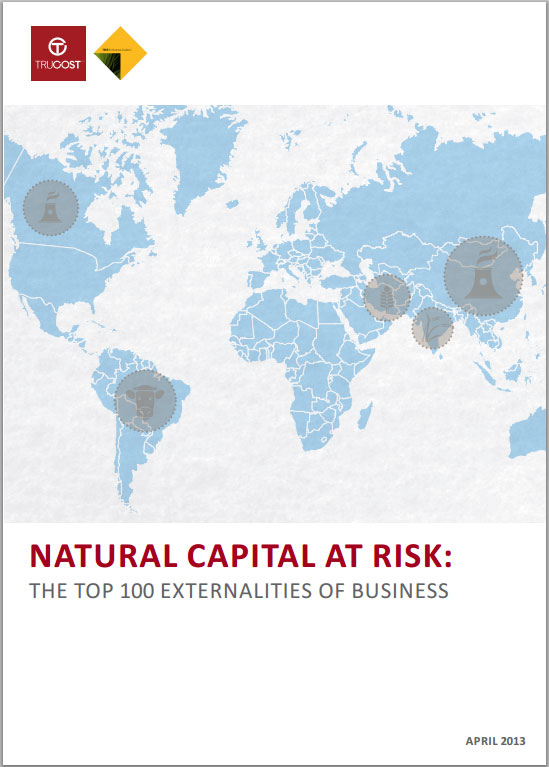Tag: Warning/Why
George Osborne unveils ‘most generous tax breaks in world’ for fracking
We must have centralised energy policies at ALL COSTS!
@ClimateRDG This is an open request to Reading Climate Change Partnership #Climateready
SUPPORT CCCRdg now! – https://tvb-climatechallenge.org.uk/partners/
Anti Fracking – UK anti-fracking animation June 2013. “There’s No Tomorrow”
Links:
George Osborne unveils ‘most generous tax breaks in world’ for fracking
http://www.guardian.co.uk/politics/2013/jul/19/george-osborne-tax-break-fracking-shale-environment?
Fracking Water Warning As Tax Break Announced
http://news.sky.com/story/1117721/fracking-water-warning-as-tax-break-announced
UK Fracking WARNING idiots – Risk of small earthquakes triggered by larger temblors across the globe
http://www.climatecentral.org/news/distant-quakes-trigger-temblors-in-the-oil-patch-study-16238
Former Mobil VP Warns of Fracking and Climate Change
http://www.truth-out.org/news/item/17605-former-mobil-vp-warns-of-fracking-and-climate-change
This Is What Fracking Really Looks Like
http://www.slate.com/blogs/behold/2013/07/19/nina_berman_fractured_the_shale_play_looks_at_lives_affected_by_fracking.html?utm_source=tw&utm_medium=sm&utm_campaign=button_toolbar
Gangplank to a Warm Future
http://www.nytimes.com/2013/07/29/opinion/gangplank-to-a-warm-future.html?_r=1&
,,and the list goes on and on..
Team CCCRdg
The part on climate change from the G8 communique – definitely not enough
, and it wasn’t high on the agenda or saying anything particularly new – but worth a read anyway.
“Climate change is one of the foremost challenges for our future economic growth and well-being. We remain strongly committed to addressing the urgent need to reduce greenhouse gas emissions significantly by 2020 and to pursue our low carbon path afterwards, with a view to doing our part to limit effectively the increase in global temperature below 2ºC above pre-industrial levels, consistent with science.
We will pursue ambitious and transparent action, both domestically and internationally, in the UNFCCC, complemented by actions addressed through other relevant fora.
We recognise climate change as a contributing factor in increased economic and security risks globally. The G8 has agreed to consider means to better respond to this challenge and its associated risks, recalling that international climate policy and sustainable economic development are mutually reinforcing.
We … note with grave concern the gap between current country pledges and what is needed, and will work towards increasing mitigation ambition in the period to 2020. We reiterate our commitment to the developed countries’ goal of mobilising jointly $100billion of climate finance per year by 2020 from a wide variety of sources in the context of meaningful mitigation actions and transparency on implementation and are advancing our efforts to continue to improve the transparency of international climate finance flows. We welcome the efforts of the Secretary-General of the United Nations to mobilise political will through 2014 towards a successful global agreement in 2015 during the Conference of the Parties that France stands ready to host.”
From: (https://www.gov.uk/government/uploads/system/uploads/attachment_data/file/207771/Lough_Erne_2013_G8_Leaders_Communique.pdf):
via Healthy Planet UK.
The world’s dirtiest industries
According to a new report backed by the UN, coal mining and cattle ranching are the industries with the hardest impact on the environment. It costs more to fix the damage that these industries cause to the environment than industries generates in profit.
According to the report “Natural Capital at Risk – The Top 100 Externalities of Business”, coal power is the most hazardous industry in the world. The damage that the coal industry causes to the environment and on human health is primarily from greenhouse gas emissions and air pollution. In East Asia the regional coal industry generates 443 billion dollars annually, and the North American this industry generates a profit of 247 billion dollars annually, according to the report. In both cases, the costs of preventing and repairing the damage that the industries have on the environment and on human health exceed the profits generated, as reported by the Environmental Leader.
Livestock farming in South America ranks as the second most dangerous environmental sector, because of the negative effect that cattle have on the sea, lakes and soils. The environmental cost amounts to $ 354 billion annually, while livestock production generates $ 18 billion annually.
Download the report here (45 pages):
http://www.teebforbusiness.org/js/plugins/filemanager/files/TEEB_Final_Report_v5.pdf
Global risks 2013
The World Economic Forum has recently published “Global Risks 2013” – a report on how various factors affect the development of the world.
The report analyzes 50 global risks concerning their influence and interconnection, and the likelihood of them happening. The report is based on surveys of more than 1,000 experts in industry, government and academia.
The results show that the world is exposed to greater risks during economic crises, as these reduce our ability to deal with environmental issues. Income Gaps and economic deficits are factors that pose the greatest risks to the world. In third place was increased greenhouse gases.
http://www.weforum.org/reports/global-risks-2013-eighth-edition


